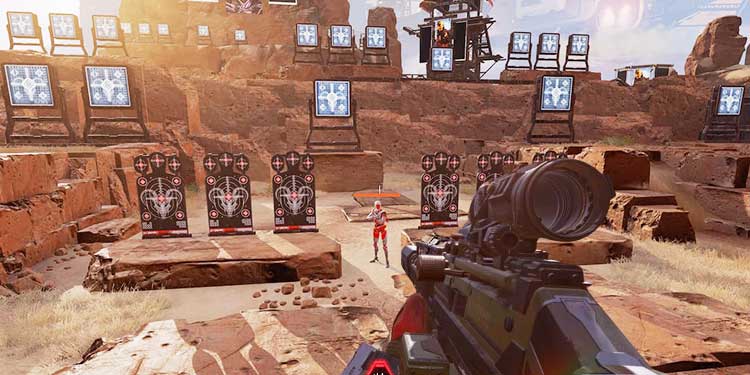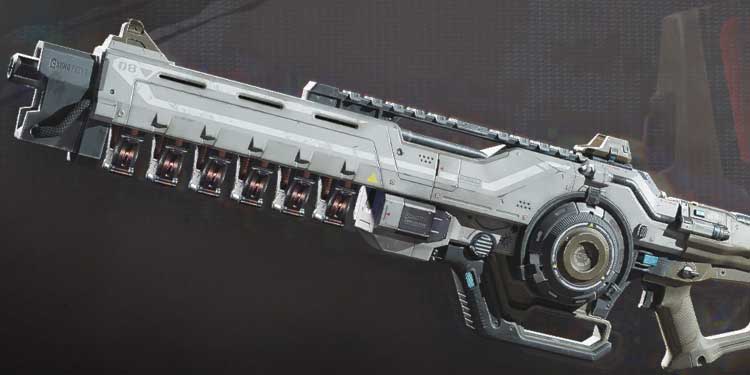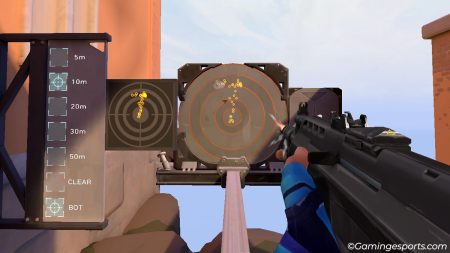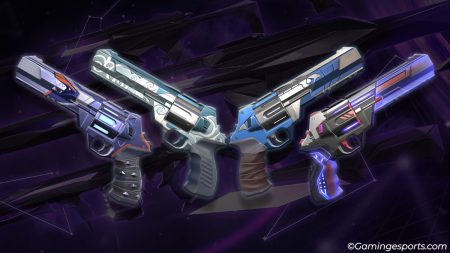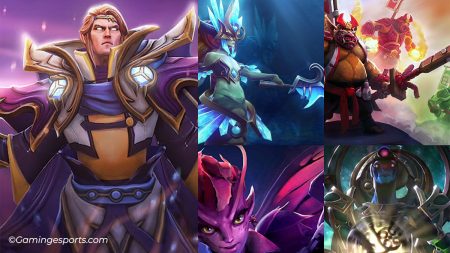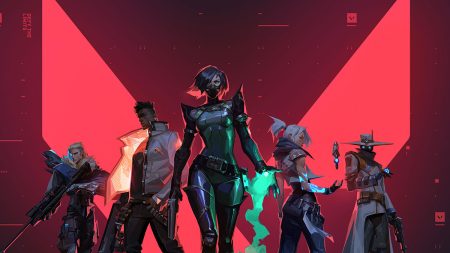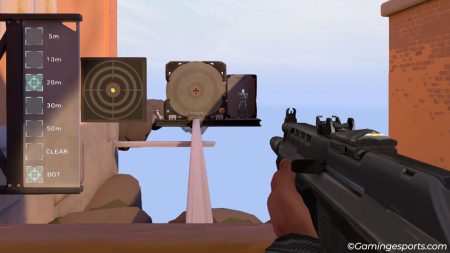Experience is the cornerstone of improvement, and that’s as true of APEX Legends as it is of anything else. However, certain tricks, tips, and practice suggestions could help you improve your combat skills more quickly than blindly queuing for match after match.
Using the time you have to build your skills, try combat in various situations, and increase your time with your favorite legends will help you reach a higher rank fast.
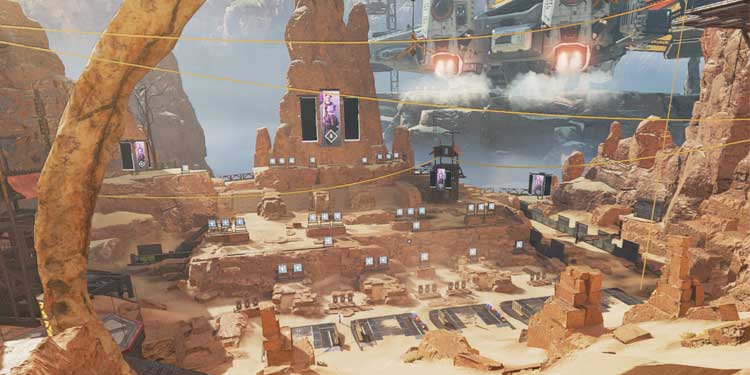
Don’t Settle
It’s common for APEX players to choose a main that’s one of the first legends they can access. It makes sense. Playing a character more often makes you more comfortable with their movement, hitbox, and skill set.
Think about what kind of character you like to play. For example, I like having a lot of movement and also playing support characters. I really like Wraith, Watson, and Bloodhound for that. But if I hadn’t ever tried other legends, I’d still be playing only Wraith and Lifeline.

Understanding what each character is designed for can also help you approach matches with a more tactical mindset.
It’s excellent to have a plan with a balanced team if you’re playing with the same group repeatedly. You can use certain characters together to help stave off counters or create traps.
Character Play Style
While you can use almost every Apex character to run and gun, there are better options than that. Here are a few different categories each legend fits to help you figure out who you might want to play.
Combat
Combat characters are designed to get you into the action. Don’t get me wrong – all the characters are designed for combat and can handle guns. But only certain characters have passive, active, and ultimate abilities designed for fast-paced gameplay and aggressive actions.
Take Ash. Ash’s passive ability helps her see the location of other players near dead players. Her active ability snares players, and her ultimate creates a one-way passage that she can travel through quickly.
Put that all together, and it’s easy to see how she could spot enemies, phase breach into the action, and then use her arc snare to stop them from fighting back.
Mad Maggie, Revenant, Octane, Bangalore, and Mirage are other characters who do great at jumping into combat and taking down the enemies face-to-face.
Looking at how you can combine each character’s abilities into game-making plays is one of the best ways to be successful at APEX. Sometimes that means thinking outside the box too.
For example, many people also list Valkyrie as a frontal assault character, but I disagree. While I think she’s excellent as an assault character, I’d also put her into another category.
Stealth and Movement
Characters that excel at stealth and movement have ways to cover large distances quickly but can also give you information about your surroundings, the enemy, and environmental hazards.
Pathfinder is one of the most popular legends for a good reason. He can report to the team where the storm is closing, move quickly up and down with the grappling hook, and use the same zipline to help the team escape danger. Not only does he have information, but he can be an escape pod when needed.
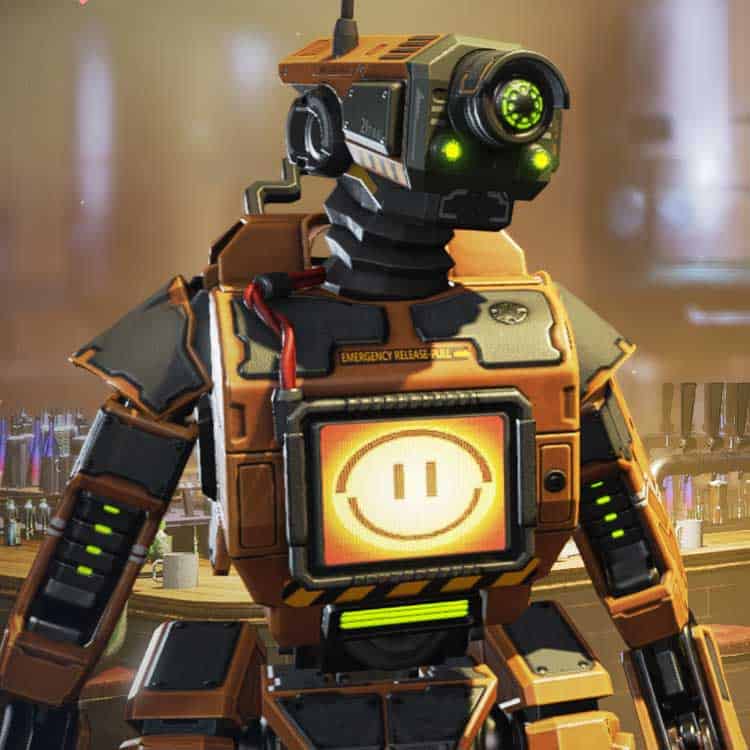
Other characters like Crypto, Valkyrie, Wraith, and Bloodhound also have abilities that help you track, locate, and escape as needed. Don’t sleep on these characters for combat either – you can always use the movement they offer to get out of fights after you start a frontal assault.
Support and Defense
Support characters have abilities that make the game more survivable for other players, which is the same thing Defense characters do. It’s how they approach these that differ.
If you’re playing a supporting character, the best approach is to decide how and where you want to give the support. Consider Newcastle. While he can be a strong fighter, he’s best used by hesitating and not running directly into the fray.
His passive lets you shield yourself and a downed player while you try to revive, his tactical is a drone that creates a shield, and his ultimate has him move quickly to a place in view and create shields around that area. He offers much support but isn’t as valuable if you rush in first and go down.
Check out other legends similar to the one you like the most and try them. You might find their skills offer you a better scope for precisely what you want to do in the game.
Don’t Hesitate – But Plan
Many players hesitate to use their tactical skills or ultimates because they’re worried the cooldowns will not reset before they’re needed again. I know I’m guilty of hesitating to use Into the Void, for example, and then dying before I can.
Don’t be scared of using your tactical skills and ults. You need the practice to get good with them in various situations, which only happens if you use them.
One great way to use your active skills is to plan situations where you can use them. You might want to lay traps or scout incoming players when the circle changes.
At other times, you might want to plan a little recon or use them to give yourself an extra push before a messy engagement.
Practice on the Gun Range
Using your tactical and ultimate skills is essential, but they aren’t the only APEX skills to practice and hone. How you shoot is as vital as thoughtfully deploying the rest of your tool kit.
There’s also a training mode, but that isn’t very helpful unless you’re brand new.
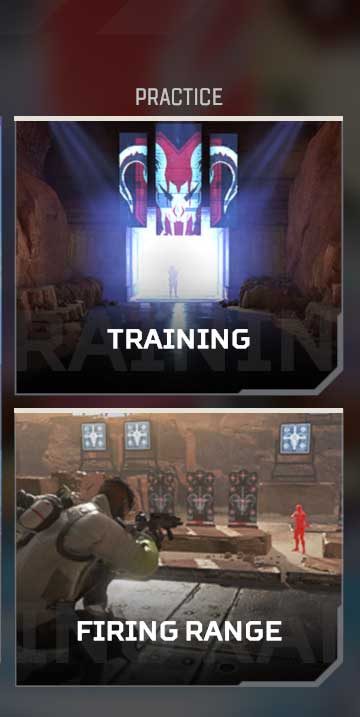
There’s no guarantee the gun you want will always be available. Try out a variety of arms on the gun range and get used to the recoil. Try firing in bursts and holding the trigger for longer streams to see how the gun moves across the screen.
Target things close, far away, stationary, and moving. Have friends join you to create larger spectacles by running around using their abilities.
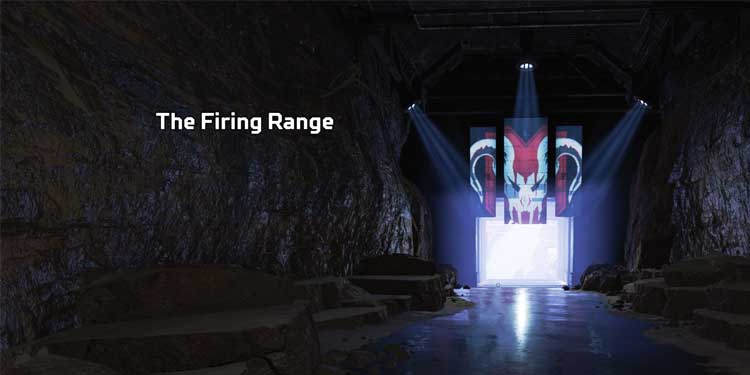
Truthfully, many people who jump into playing battle royales or shooters generally don’t get a lot of time in combat in their first matches.
It’s very easy to spend the first part of your game being taken down by more experienced players. So it’s imperative to get out to the gun range, practice with your weapons, and get comfortable with what you might find on the battlefield.
Use the Right Settings
What you can see in APEX matters, as does how smoothly the game runs. If you’re having problems with your frames, you may want to try using lower graphics settings. Shadows and light are tough on your components and can yield excellent results if you turn them down.
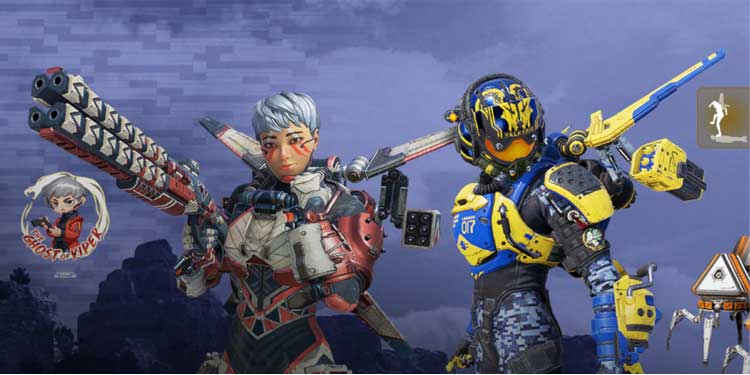
You can also make some changes to your settings to improve what you see around you in-game. Try tweaking some of these and then playing a match to see if it seems better.
- Test the brightness at different settings. Sometimes when things are too bright, the display looks washed out, and it’s harder to see things moving with the lack of contrast.
- Some players like playing at higher FOV settings. Try 90 and see how it feels with a few games. You’ll be able to see more of what’s happening around you.
- Try turning off V-Sync and turning Sprint View Shake down as well. These can make it easier to see what’s around you when your hardware is struggling.
- Increase your texture streaming budget as you have more virtual memory. You can make it match your GPU if you’re not doing other intensive GPU activities.
- Turn off Ambient Occlusion, Dynamic Spot Shadows, Impact Marks, and Adaptive Supersampling.
- Turn down Ragdolls and Effects details.
None of these are set in stone. Play and see how your components do by checking the CPU, GPU, and RAM usage on the Performance tab of your Task Manager. Also, make sure your game is running well and updated at all times.
Other Tips
- Plan your loadout and remember that carrying multiple weapons isn’t redundant – it’s brilliant. If you’re in a fight with an opponent and run out of ammo, it takes much longer to reload than to weapon swap. It could be the difference between life and death.
- Varying your guns can also make you more useful in combat situations. For example, an SMG is great for up-close action, while a sniper will help you overwatch and take out critical targets from afar. Using both will help you transition from one scenario to another without pause.
- Use your communication tools. Even if you aren’t in a verbal chat with your party, you can still send messages to them with the other tools you have. This could encourage them to communicate with you, too – and a team in comms always has an advantage over one that isn’t.
- Try occasionally queueing in with other teams to see whether you can learn something from the places you drop to how you move across the map. Watch how your teammates play, especially if you’re not very experienced. You may find new strats that you haven’t thought of yet.
- Try different setups on your mouse and keyboard. What works for everyone else might not be quite right for you. A great way to try something new is to see what feels awkward and swap it to a place where it feels natural.
